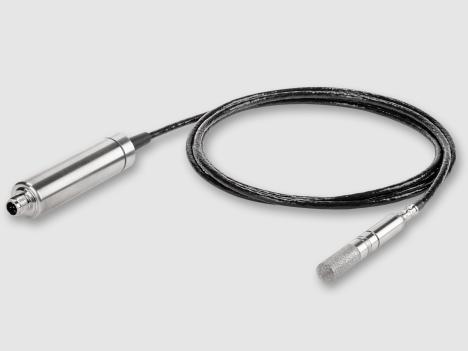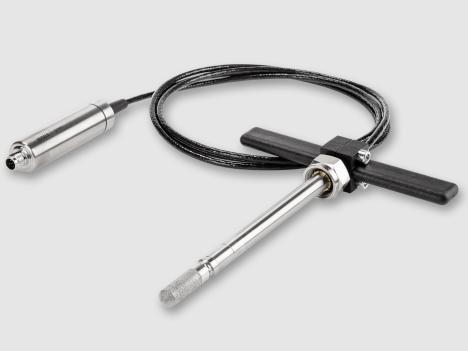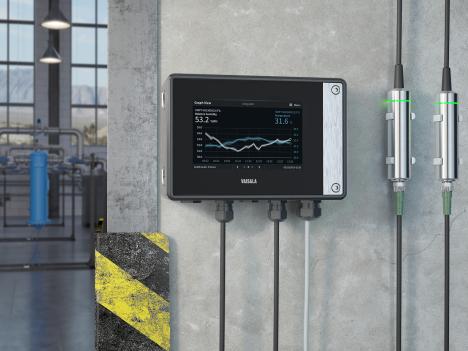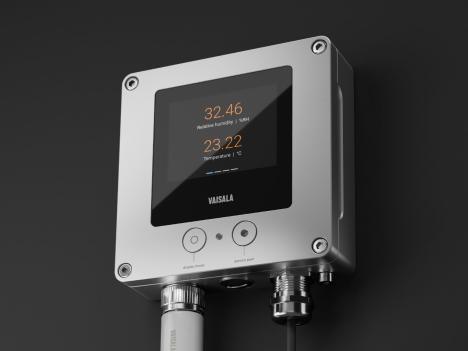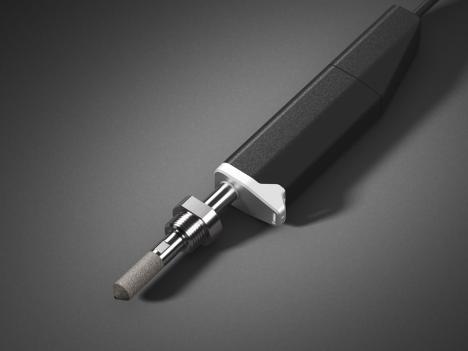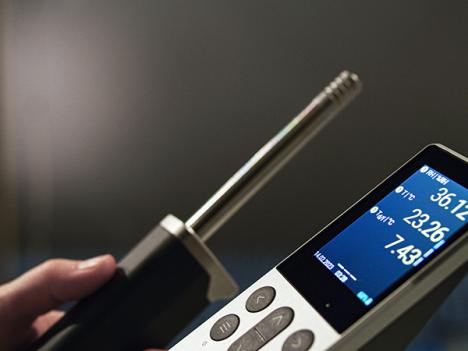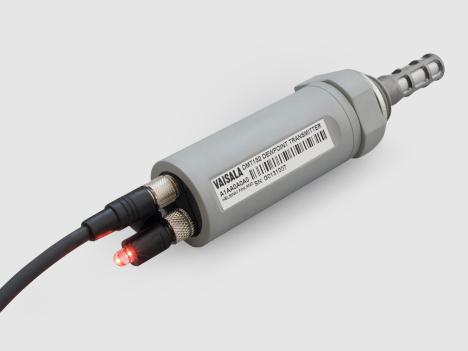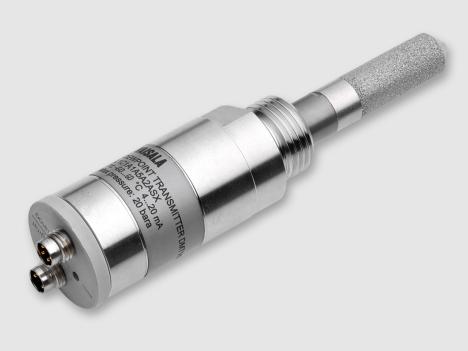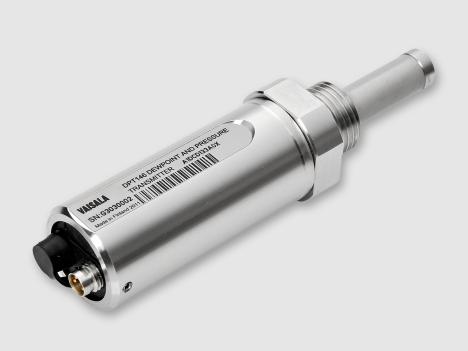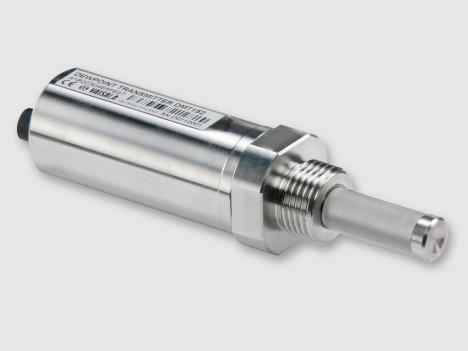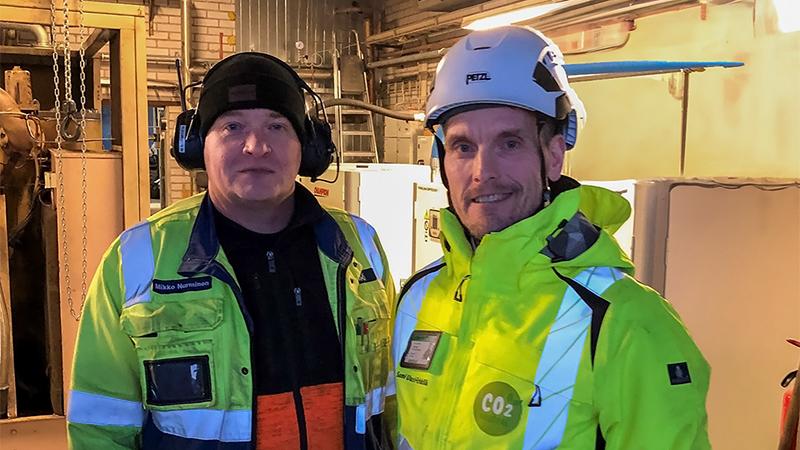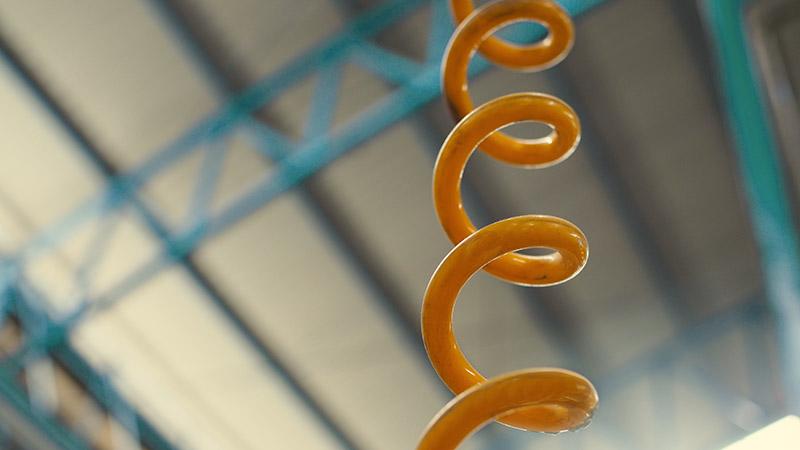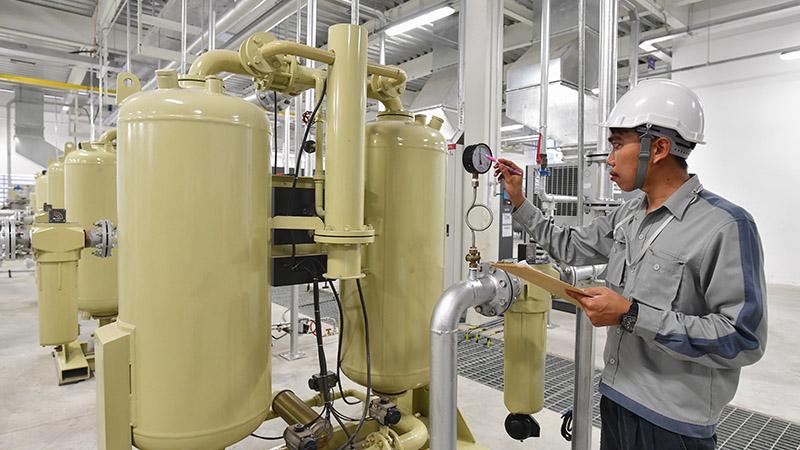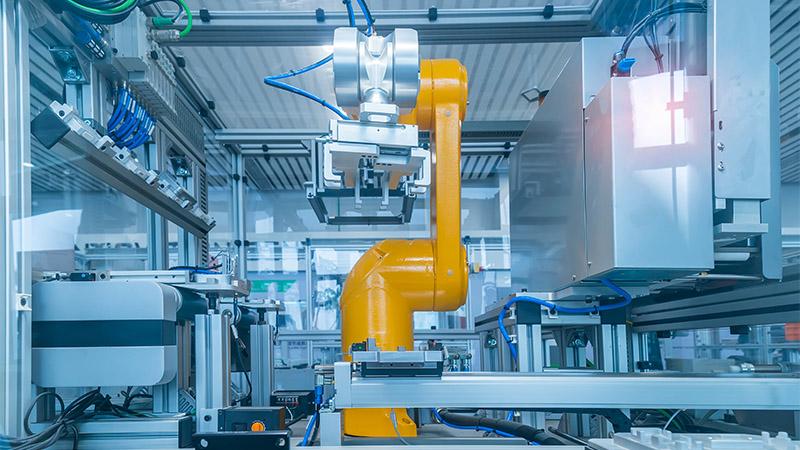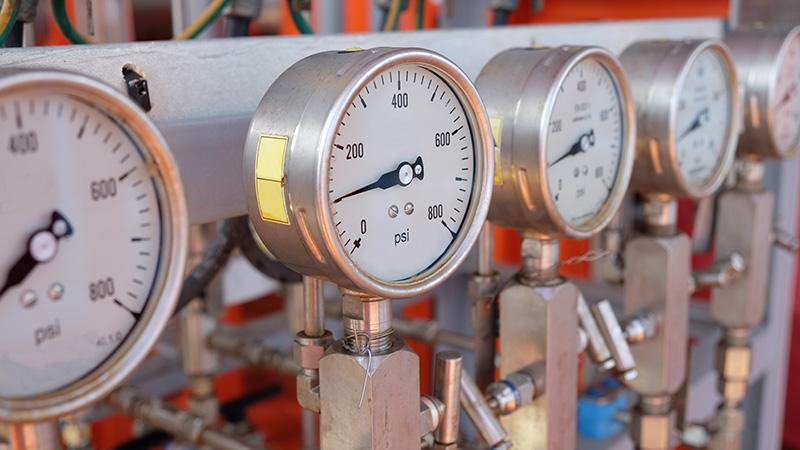Compressed air measurement
Measuring small changes in dew point temperature can add to immeasurable results in compressed air quality
Download Compressed Air Drying eBookMeasuring dew point in compressed air pays off
When dealing with compressed air, measuring small changes in dew point temperature can make a big difference. Benefit from our unique DRYCAP® sensor technology that covers the full dew point range for practically any compressed air system. Increasing the life of your compressed air system, improving process quality and lowering costs is now easier than ever.
Whatever your application, you’ll find the optimal dew point instrument from the Vaisala portfolio. All Vaisala sensors withstand exposure to contaminants like water spikes, ambient humidity, compressor oil and chemical impurities.

The difference with Vaisala DRYCAP® sensor technology
The sensor’s highly sensitive thin-film polymer, manufactured at Vaisala's in-house cleanroom, absorbs or releases water vapor as the surrounding humidity increases or decreases. The dielectric properties of the polymer and the capacitance of the sensor react to humidity changes.
In comparison to conventional dew point instruments, Vaisala DRYCAP® tolerates condensing environments and getting wet, and it is also immune to contamination thanks to the sensor chemical purge functionality. Vaisala DRYCAP provides excellent accuracy and stability with very small hysteresis and a fast response time with minimal drift.

High-quality compressed air lets you focus on what matters
Material savings through quick reaction time
Energy savings through measurement stability
Cost savings through accurate measurements
Compressed air sampling
Sampling is needed when direct measurement of the air is undesirable or is simply not feasible. This may be due to a high process temperature, the need to protect the sensor from water spikes, the added convenience of installing and removing the instrument from a pressurized process without shutting down the line or wanting to take the measurement in a more convenient location.
To get a representative sample of the process gas and avoid potential sources of error caused by incorrect sampling practices, a few aspects should be considered. Read more or read an application note with our sample cell options.

Manage compressed air moisture
Product Manager Vuokko Lantz shows how easy it is to spot-check the dew point readings of an industrial compressed air system with Vaisala Indigo80 Handheld Indicator. You will also see the installation of DMP80 dew point meter and DSC74 sample cell to the compressed air system and using the datalogging functionality of Indigo80. At the end of the video, Vuokko shows how to manage the logged data with Vaisala Insight PC software.
Why measure dew point in compressed air and pneumatic equipment?
Dew point is one of the most important parameters associated with the quality of compressed air and end-products of pneumatic equipment such as 3D printers. Dew point temperature can be defined as the temperature to which air must be cooled for the water vapor within to condense into dew or frost. At any temperature, there is a maximum amount of water vapor that the air can hold. This maximum amount is called the water vapor saturation pressure. Dew point is pressure dependent whereas relative humidity is temperature dependent.
The key goals for measuring dew point are often to ensure high product quality, optimal human health or that energy and capacity are not being wasted. Read more in our Compressed Air Guide.

